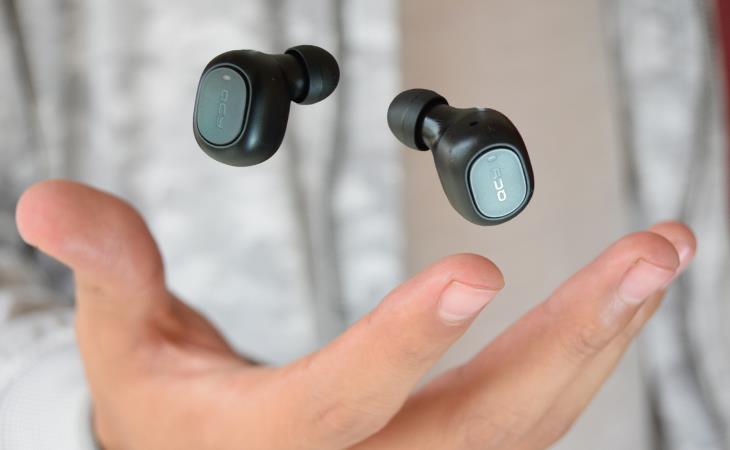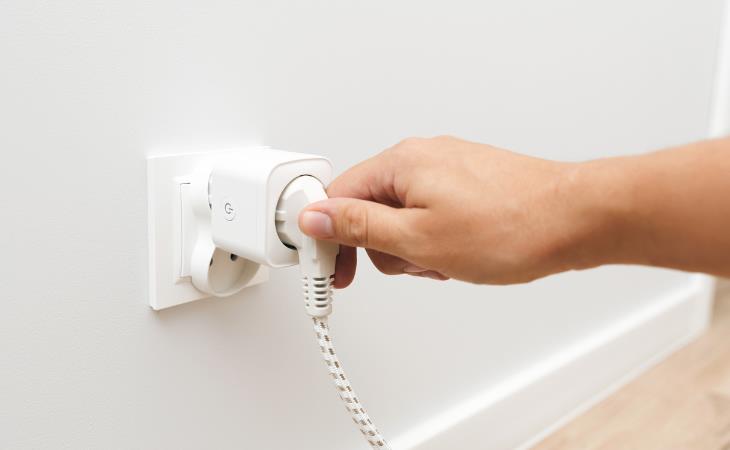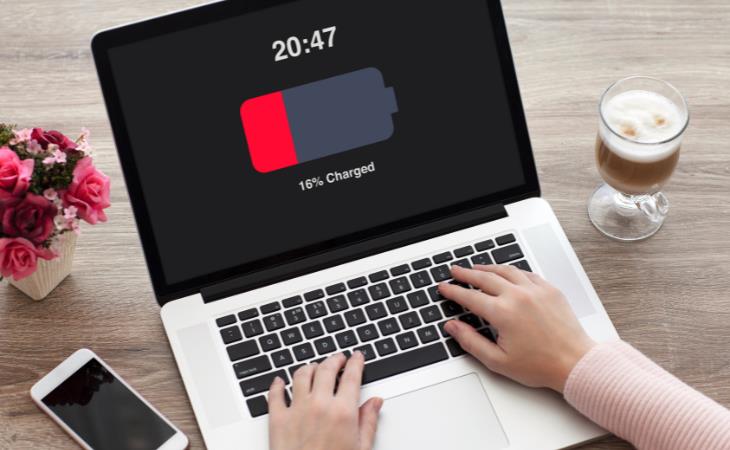Tech gadgets have become an integral and almost indispensable part of our everyday lives, revolutionizing the way we communicate, work, and entertain ourselves. The problem is, not all of the products available are genuine or live up to their claims. In fact, some of the most commonly used tech products are also some of the most commonly faked.
Related: How to Recognize a Fake Gadget Before Buying It
Counterfeiters are getting better at mimicking popular tech items, which makes it easier for you to be duped into buying a product that isn’t authentic. From earbuds to smartwatches, and even smartphone chargers, these fake products can be surprisingly hard to spot. Not only do you risk getting scammed, but you might also end up with a device that’s unsafe to use. Want to know which tech gadgets are most frequently faked? Let’s look at the ten most common culprits so you can be extra cautious next time you shop!
1. Phone chargers
Counterfeit phone chargers have flooded the market and are often sold at a fraction of the real deal's price. However, these knockoffs come with risks. Fake chargers tend to be poorly made and lack proper insulation and safety measures. They can overheat easily and may even pose a fire hazard. Moreover, they can damage your phone’s battery or deliver inconsistent power, reducing battery life. Always look for certified chargers from trusted brands and avoid those that seem too good to be true—they probably are.
2. Headphones
Many consumers fall for fake versions of popular headphones, like AirPods or Beats. These imitations might look just like the originals, but that’s where the similarities end. Counterfeit headphones often deliver poor sound quality, with weak bass, muffled treble, and low volume levels. Durability is another issue: fake headphones can break or malfunction after just a few uses. They also lack proper Bluetooth pairing and quick-charge features. If you want great audio, it’s worth sticking to the genuine article.
3. USBs and external hard drives
Counterfeit USB drives and external hard drives are easy to find, especially online. These fakes may advertise a large storage capacity, but in reality, they offer far less space or are faulty. Worse, some come with malware that can steal your data or corrupt your files. If you rely on these for important information, you could end up losing valuable data. Always buy USBs and hard drives from trusted retailers to avoid these traps, especially when deals seem too enticing.
4. Power banks
Fake power banks are another tech item commonly faked, often boasting inflated battery capacities. While real power banks can hold several charges for your phone or tablet, counterfeit versions may only deliver a fraction of the promised energy. Worse, many of them have unregulated outputs, which could damage your device. Some even pose a fire hazard due to poor internal wiring. Stick to known brands and make sure the power bank has the appropriate certifications before you trust it with your devices.
5. Smartwatches
Smartwatches are a hot commodity, and knockoff versions are becoming increasingly common. These fakes may look like their brand-name counterparts, but they often fail when it comes to performance.
Related: More Seniors Should Wear Smartwatches, Here's Why
Fake smartwatches are known to have poor battery life, low-quality displays, and limited functionality. They typically lack important features like water resistance, accurate heart rate monitoring, or app compatibility. Some of these products even use outdated software that quickly becomes incompatible with your phone. A smart investment is to always buy smartwatches from authorized dealers.
6. Wireless earbuds

With the rise in popularity of wireless earbuds, counterfeit versions are now everywhere. These fake earbuds often look like their authentic counterparts but have significant drawbacks. They might suffer from poor connectivity, distorted sound quality, or low battery life.
Also, knockoffs usually lack key features like noise cancellation or touch controls, despite marketing claims. Spending a little extra on genuine wireless earbuds can save you from a frustrating experience and ensure you get the quality sound you’re expecting.
7. Bluetooth speakers

Bluetooth speakers are fun for music lovers, but fakes are everywhere. Counterfeit speakers are highly unlikely to deliver the promised sound quality and can often sound tinny or weak. There's also a bad battery life, which leaves you disappointed when it dies on you unexpectedly.
Fake speakers also tend to lack the necessary water resistance for outdoor use, which can be risky. To ensure your tunes hit the right notes, stick to well-known brands and read user reviews. Your ears will thank you!
8. Smart home devices
Smart home devices, such as smart plugs or security cameras, are often counterfeited. These fake versions promise connectivity with your home automation system but frequently fail to integrate properly. Worse, they usually lack encryption or proper security measures, making them vulnerable to hacking. In some cases, they stop functioning after a short period of use.
9. Spare batteries
Many people seek cheaper alternatives when replacing spare batteries for phones, laptops, or cameras. Unfortunately, counterfeit spare batteries are often poorly made and can damage your device. These batteries may overheat, swell, or even explode due to a lack of quality control during manufacturing. They also tend to drain much faster and hold a weaker charge than the original batteries. It’s best to purchase batteries directly from the manufacturer or certified retailers.
10. Cables (HDMI, USB-C, Lightning)
Cables are often overlooked, but fakes can cause all sorts of headaches. Counterfeit HDMI, USB-C, or Lightning cables may not support the required data transfer speeds or charging capabilities and can lead to frustratingly slow connections. They can also break easily, often due to flimsy materials that can’t withstand daily use. Worse yet, poorly made cables can damage your devices, overheating or causing short circuits.










